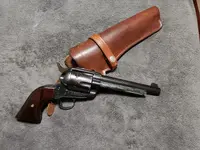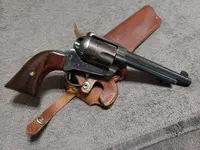nonbreeder
Jr. Member
- #1
Thread Owner
I have a Colt 1851 Navy that Colt archives found was shipped in 1863.
My question is why the business end of the barrel would be worn down on one side and/or if this is a common occurrence.
In my imagination I picture it getting worn down riding a horse and rubbing against something...but that's probably just fantasy.
I know nothing about firearms so just curious.
Thanks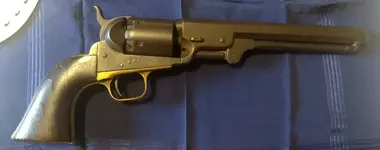
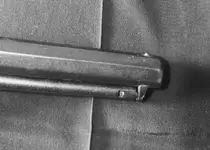
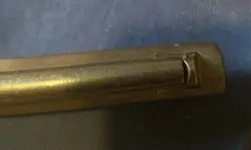
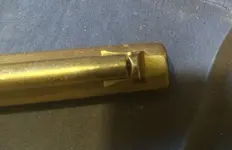
My question is why the business end of the barrel would be worn down on one side and/or if this is a common occurrence.
In my imagination I picture it getting worn down riding a horse and rubbing against something...but that's probably just fantasy.
I know nothing about firearms so just curious.
Thanks









